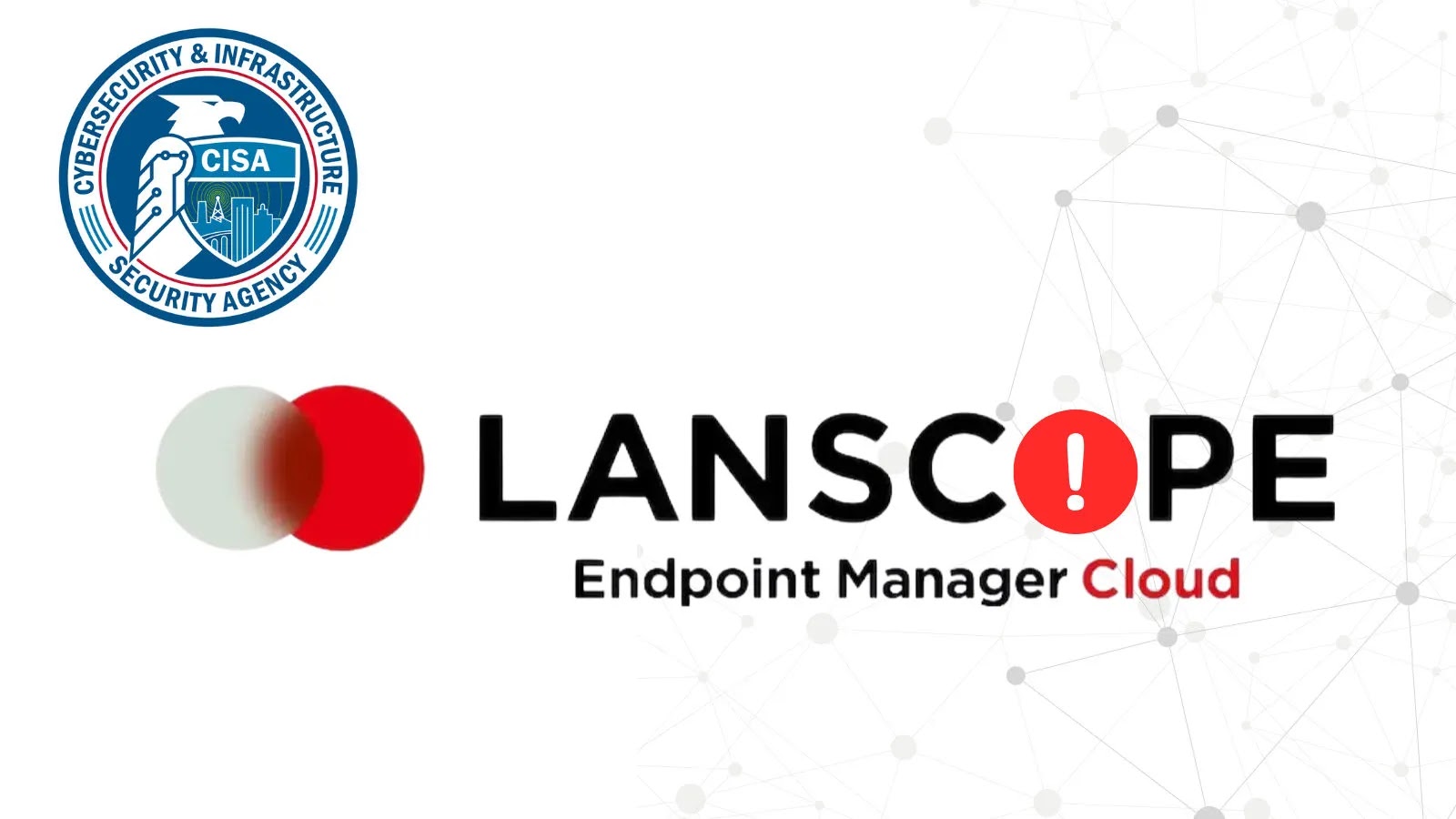In recent years, a new wave of ransomware attacks has emerged, characterized by the exploitation of legitimate database commands to infiltrate and compromise organizational systems. Unlike traditional ransomware that relies on malicious binaries to encrypt files, these sophisticated attacks leverage standard database functionalities to steal, erase, and ransom critical data, effectively bypassing conventional security measures.
Evolution of Attack Tactics
Historically, ransomware attacks involved deploying malicious software to encrypt a victim’s files, demanding payment for their release. However, cybercriminals have now shifted towards “malware-less” operations, targeting internet-facing database servers that are poorly secured—often configured with weak passwords or lacking authentication altogether. This method allows attackers to execute harmful actions without introducing external malicious code, making detection significantly more challenging.
Targeted Database Platforms
These attacks are not limited to a single type of database system. Multiple platforms have been affected, including:
– MySQL
– PostgreSQL
– MongoDB
– Hadoop
– CouchDB
– Elasticsearch
Attackers remotely connect to these servers, exfiltrate data to external locations, execute commands to delete databases, and insert ransom notes directly into the database structures. This approach is particularly effective at evading detection since no malicious binaries are deployed on the target systems.
Automated Campaigns and Rapid Exploitation
The evolution from isolated incidents to large-scale automated campaigns has been notable. Specialized bots continuously scan the internet for misconfigured databases, enabling attackers to compromise newly exposed targets within hours or even minutes of their appearance online. The automation and potential for immediate financial gain have made these malware-less database ransomware attacks a persistent and growing threat globally.
Technical Execution and Command Exploitation
The execution of these attacks follows a systematic approach:
1. Scanning for Vulnerable Servers: Attackers perform internet-wide scans targeting specific database ports, such as port 3306 for MySQL and port 5432 for PostgreSQL.
2. Fingerprinting Services: Once potential targets are identified, attackers verify that the services are genuine database servers rather than honeypots or decoy systems.
3. Authentication Bypass: Attackers test for missing authentication controls, attempt default username and password combinations, and conduct brute-force attacks against weak credentials.
4. Data Extraction: Upon successful authentication, attackers sample portions of data to assess its value and confirm database access.
5. Destruction and Ransom Note Insertion: Using legitimate SQL commands like `DROP DATABASE` or bulk `DELETE` operations, attackers erase data. They then create new tables or collections with names such as `RECOVER_YOUR_DATA` or `README_TO_RECOVER`, inserting ransom notes as table rows or documents.
Challenges in Detection
The use of legitimate database commands for malicious purposes presents significant challenges for detection. Traditional endpoint security solutions may not recognize these operations as threats, as they mimic normal administrative activities. This stealthy approach underscores the need for enhanced monitoring and security measures tailored to detect such anomalies.
Recommendations for Mitigation
To protect against these sophisticated attacks, organizations should consider the following measures:
– Implement Strong Authentication: Ensure that all database servers require robust authentication mechanisms, avoiding default or weak credentials.
– Regularly Update and Patch Systems: Keep database software up to date with the latest security patches to mitigate known vulnerabilities.
– Monitor for Unusual Activity: Deploy monitoring tools to detect anomalous database operations, such as unexpected data deletions or the creation of unfamiliar tables or collections.
– Restrict Internet Exposure: Limit the exposure of database servers to the internet by configuring firewalls and access controls appropriately.
– Conduct Regular Security Audits: Perform periodic security assessments to identify and remediate potential vulnerabilities in database configurations.
Conclusion
The rise of ransomware attacks utilizing legitimate database commands marks a significant shift in cybercriminal tactics. By exploiting standard database functionalities, attackers can effectively bypass traditional security measures, making detection and prevention more challenging. Organizations must adopt comprehensive security strategies that include strong authentication, regular system updates, vigilant monitoring, and restricted internet exposure to safeguard against these evolving threats.



